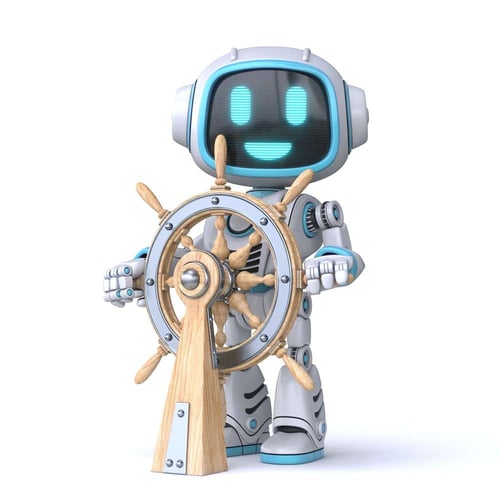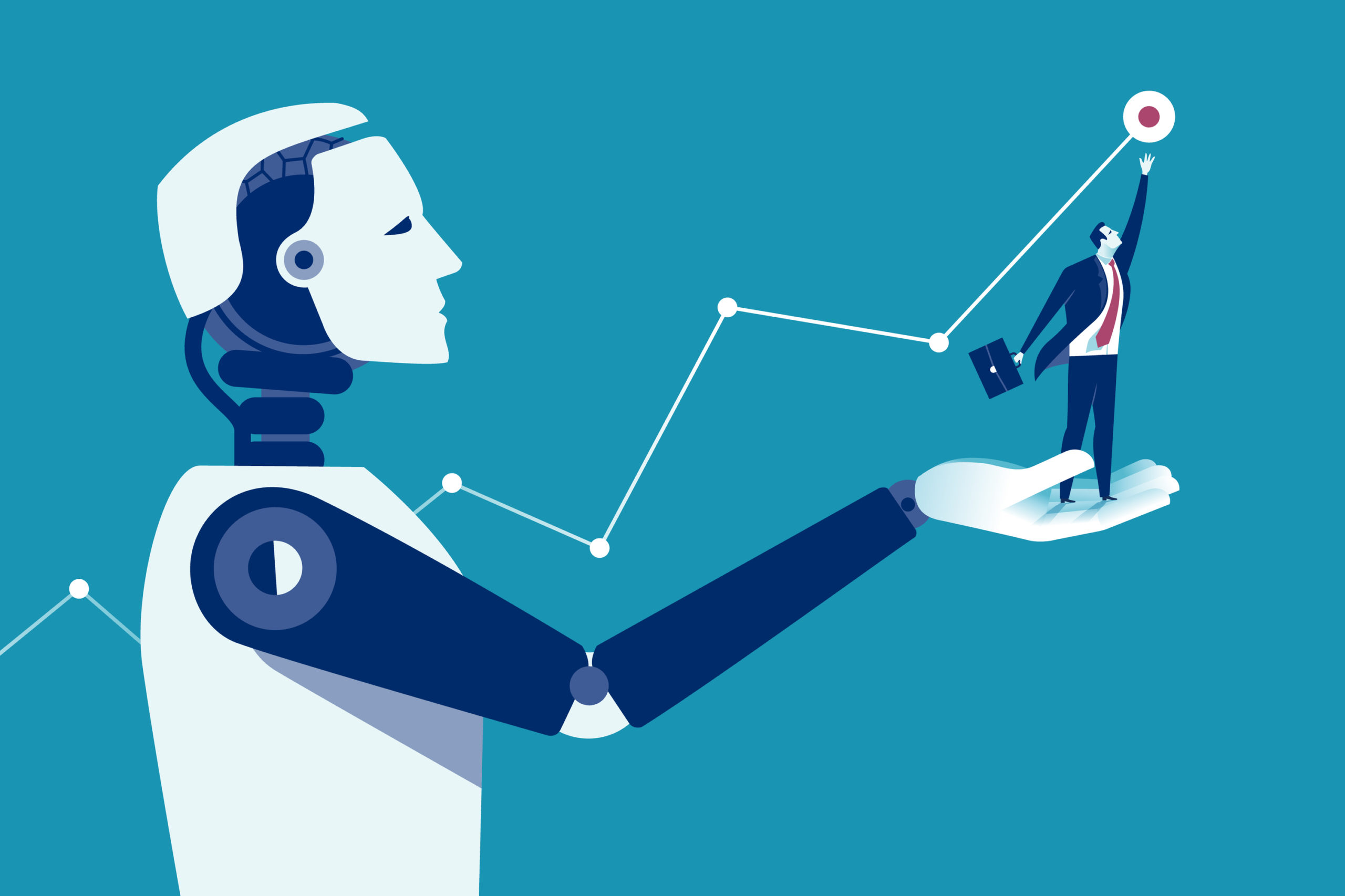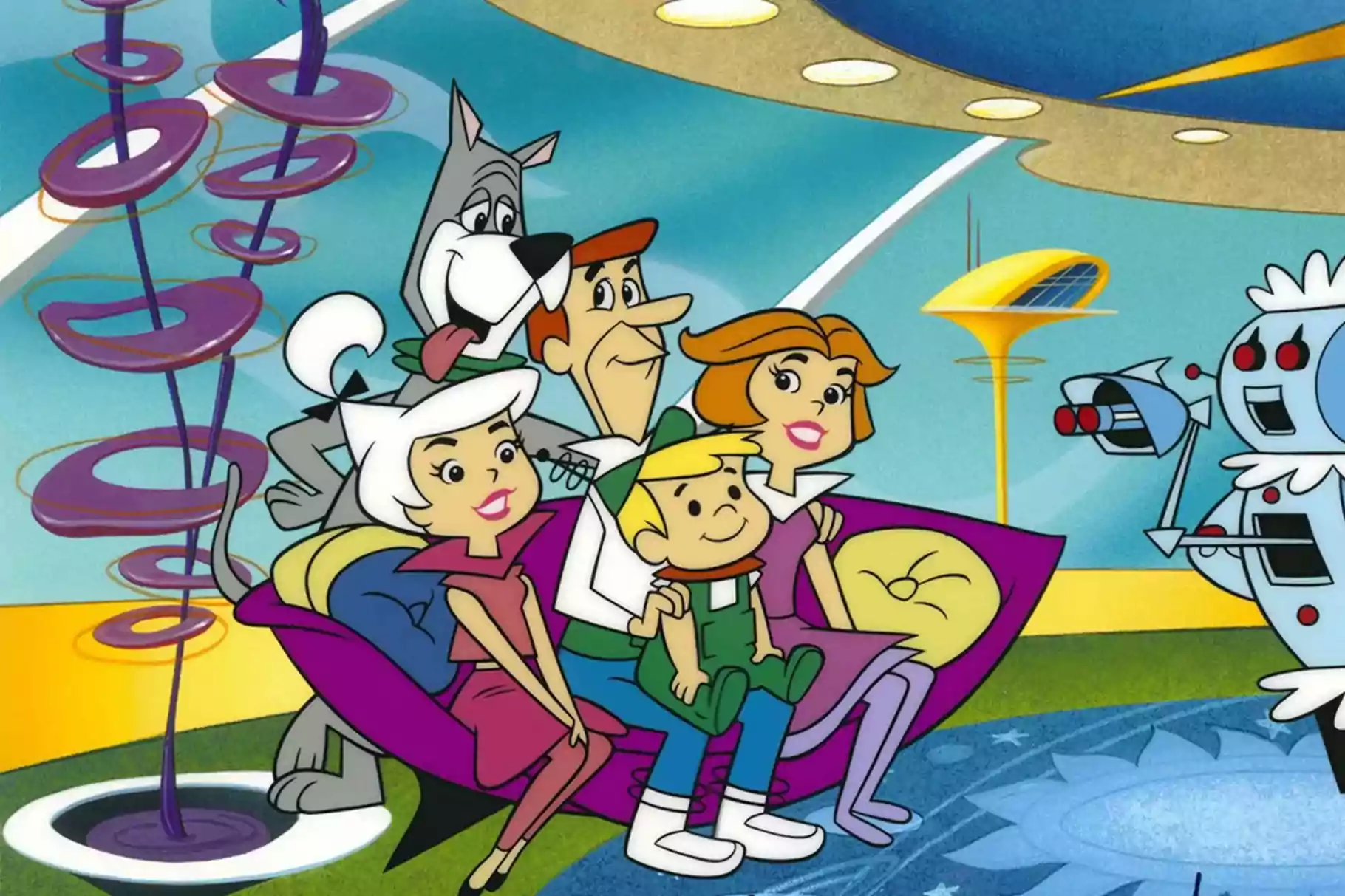Ever wish a robot could cook or clean for you? We might not be on Jetsons-level technology, but for customer service and sales professionals, the robot assistants are already here.
When you hear “chatbots” what do you think of? Helpful robots, conversational cannon fodder, or malevolent machines bent on siphoning off human employment? Well for one, chatbots aren’t coming for Customer Support jobs. Secondly, the others are both correct, but only to an extent.
The top use case for chatbots is for attaining quick answers
Chatbots, historically speaking, have not always had the strongest performance. I struggle to think of anything more generally loathed than early callbots. But what made these so integral to businesses was that they couldn’t service dozens to hundreds of customers simultaneously. Yes, many people want to speak with another human being (though that might ultimately be changing) but that’s frankly just not possible for many businesses.
These callbots, and then early online chatbots, were designed to direct customers to exactly where they needed to go or to who they needed to speak with. Could it be clunky? Of course. But what mattered was one, cutting down on time that staff spent directing and redirecting customers, and two, providing customers the means to navigate on their own.
However, these lofty ambitions have not always translated to real-world results. Until recently, that is.
Chatbot history at a glance
Chatbots have come a long way. The entire chatbot ethos has largely transformed from simple navigation to ticket deflection and information gathering. The orientation itself has changed to being far more customer centric and focused on fostering a great customer experience.
That’s not to say that navigation doesn’t still play a huge part of a modern chatbot experience. Guide Bots and their kindred robotic spirits operate as kindly navigators leading your customers and prospects to safe harbor.
 Chatbots handle about 69% of chats from start to finish
Chatbots handle about 69% of chats from start to finish
Now which harbor online visitors make port in is also a defining characteristic of the improved, more modern chatbot experience – they need to be highly customizable. With the right customization toolset, any chatbot this side of the 21st century should be able to sort customers and prospects accordingly, and then direct them to their correct destination beyond that.
Robot-Human partnership – how chatbots have become more assistive
Chatbots today function more as an extension of human helpfulness. Does a customer need help finding their way to a particular page or resource? A bot can guide them there. What if a Customer Support team is constantly beset by the same questions? A bot can answer these frequently asked questions quickly and open up the human staff to focus on issues that require a particular touch (a human touch, complete with skin and all).
Chatbots’ increased assistive capabilities are tuned far more to bettering the chat experience, for customers and businesses alike. They also save hard-earned cash:
- Chatbots are predicted to save companies $8 billion by 2022
- Chatbots are also predicted to save businesses 2.5 billion work hours by 2023
Chatbots may still not be able to whip you up a filet mignon, but they can save businesses money and provide high quality customer assistance. As far as the chatbot is concerned, the future is now.
Looking For Startup Consultants ?
Call Pursho @ 0731-6725516
Telegram Group One Must Follow :
For Startups: https://t.me/daily_business_reads





